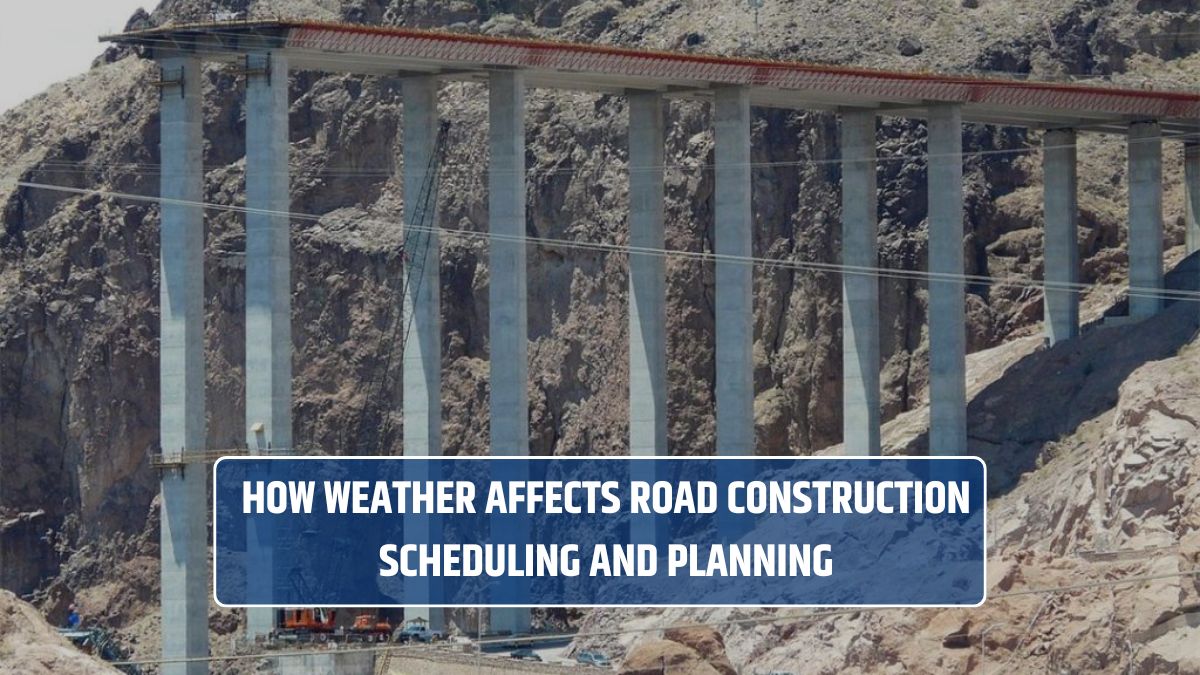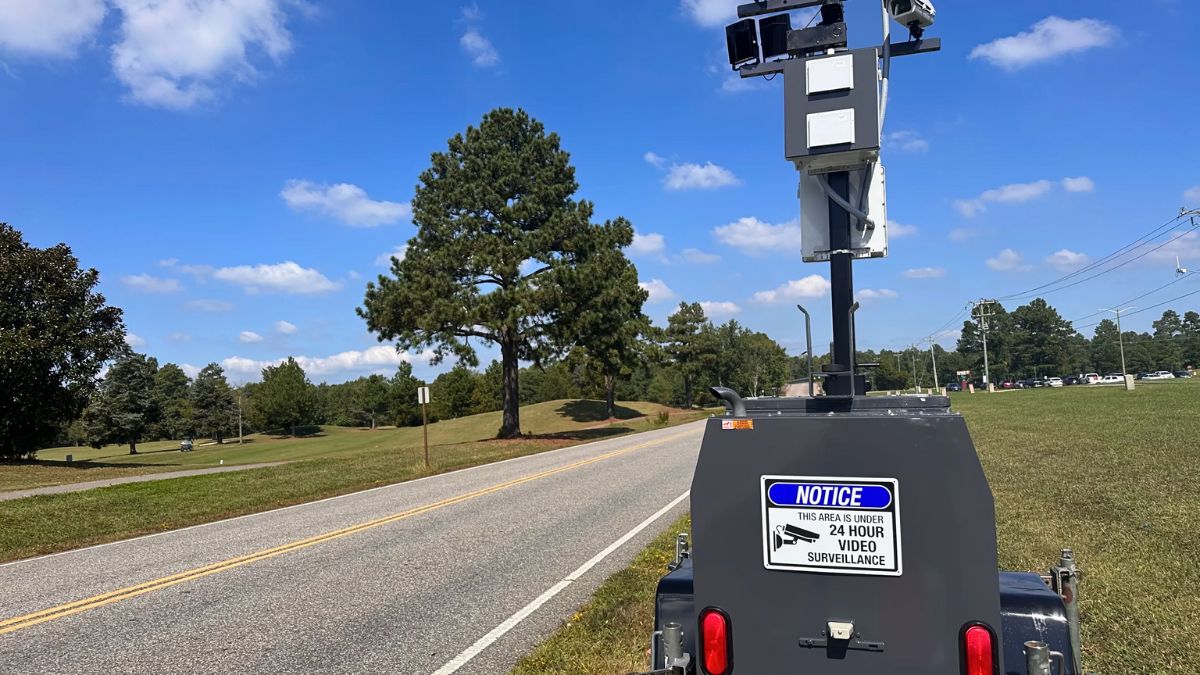Weather isn’t just small talk for road construction planners—it’s a big deal. Every construction project lives or dies by its schedule, and weather plays a leading role in either speeding things up or slowing them way down. If you’ve ever wondered why a road project near your place has been dragging on for weeks, chances are weather had something to do with it.
Let’s break down how weather impacts road construction and what planners do to keep projects from getting totally derailed.
Seasons
The time of year determines everything. Construction thrives in dry, warm months. That’s why you see more roadwork in spring and summer. Winter, on the other hand? It’s like a full stop.
Snow, ice, and freezing temperatures make it impossible to pour concrete, lay asphalt, or even keep machines running smoothly. Frozen ground can’t be compacted correctly, and wet conditions cause delays and safety hazards.
Here’s a simple seasonal breakdown:
| Season | Impact on Construction |
|---|---|
| Spring | Ideal, but rain can delay |
| Summer | Optimal for full operations |
| Fall | Shorter days, risk of storms |
| Winter | Mostly halted, unsafe |
Rainfall
Rain is one of the biggest headaches in road construction. A heavy downpour doesn’t just soak the site—it halts almost every activity. Why? Wet soil can’t be compacted, mud makes equipment slippery, and waterlogged roads become dangerous to work on.
Even worse, rain often washes away fresh layers of asphalt or delays curing concrete. And it’s not just heavy storms. Even light, persistent drizzle over a few days can ruin a well-laid schedule.
That’s why planners keep a close eye on precipitation forecasts before setting timelines.
Temperature
Temperature affects how materials behave. For example, asphalt needs to be hot to be laid properly. If it cools too quickly—like on a chilly morning—it won’t compact correctly, which means cracks and potholes later.
On the flip side, extremely hot weather can soften asphalt too much, making it hard to work with and dangerous for workers. Concrete also needs stable temperatures to cure well. Fluctuations can weaken the entire structure.
So planners aim for a Goldilocks zone—not too hot, not too cold.
Wind
You probably don’t think about wind when you think about roadwork, but strong gusts can delay construction just as much as rain. Cranes can’t lift materials safely, dust blows everywhere, and it becomes dangerous to work with light or airborne materials like insulation or signage.
In open highway areas, even a slight wind can throw off measurements or affect machinery precision.
Planning
With all this weather madness, how do planners keep projects on track?
They use historical weather data and real-time forecasts to build buffer periods into their schedules. That means if it rains for a few days, it won’t completely throw off the timeline—they’ve planned for that possibility.
They also choose weather-friendly materials. For instance, cold-mix asphalt can be used in cooler temperatures. Plus, smart scheduling helps. Concrete work may be done in early morning hours before the sun heats up.
Tech plays a role too. Drones, weather sensors, and construction management software now help adjust operations based on live weather data.
Costs
Bad weather doesn’t just waste time—it eats up money. Every delay means idle workers, idle machines, and potential penalties. Rain or snow days can stretch a project’s budget fast.
Also, repairs due to weather-related mistakes—like poorly poured concrete or cracked asphalt—can cost big bucks later on.
So yes, good weather equals good profits.
When it comes to road construction, weather isn’t just a background player—it’s a major decision-maker. From freezing winters to scorching summers, everything from equipment to workers and materials is affected. That’s why smart planning and flexible strategies are key to delivering a project on time and on budget—even when Mother Nature has other plans.
FAQs
Why does rain delay roadwork?
Rain affects soil, equipment, and material curing.
Can construction happen in winter?
Usually not, due to frozen ground and unsafe conditions.
How do planners handle bad weather?
They use forecasts and buffer periods in schedules.
Does heat affect asphalt laying?
Yes, it can cool too fast or soften in extreme heat.
Why are summers ideal for roadwork?
Warm, dry conditions allow optimal material use.

















